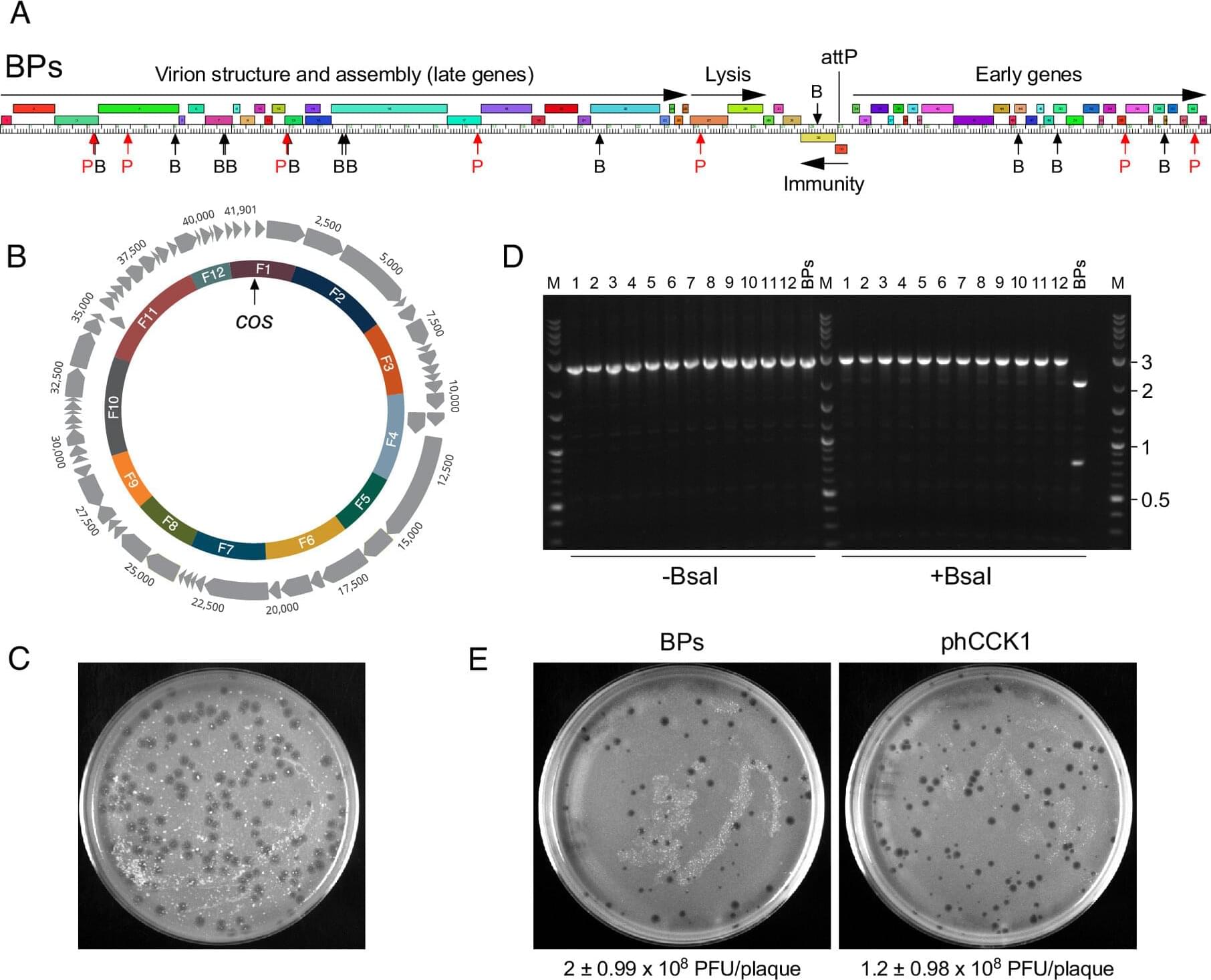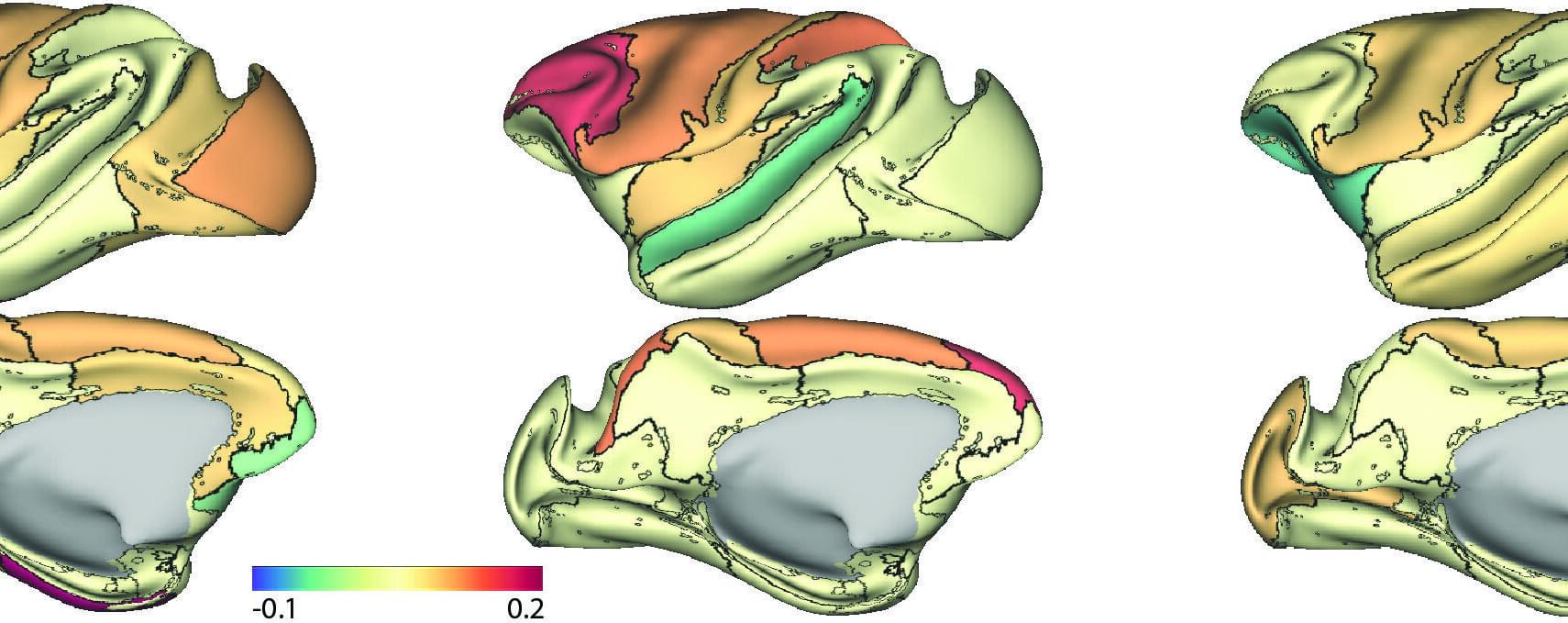This pales into comparison to ChatGPT which can effectively read and analyze tens of thousands of words per second, since I process text computationally rather than linearly.
What if there was an invention or the concept of an invention that could be created to enhance a human beings capacity to read just as quickly as ChatGPT’s? I tasked ChatGPT with a step-by-step process to create that invention:
Here’s a concrete, neuroscience-grounded invention plan to push human reading toward “machine-speed”—while keeping comprehension and recall intact.
—
## 0) Core idea (one sentence)
Exploit the brain’s natural reading pipeline—VWFA → Wernicke (lexico-semantic) ↔ Broca (phonological sequencing) with eye-movement–driven coarse-to-fine vision—by timing text delivery to your saccade/ fixation cycle, suppressing unnecessary subvocalization, and entraining semantic parsing rhythms. ([PMC][1])
## 1) Hardware & sensing.









